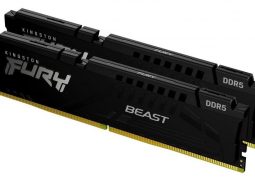How do graphic cards work?
by ago0
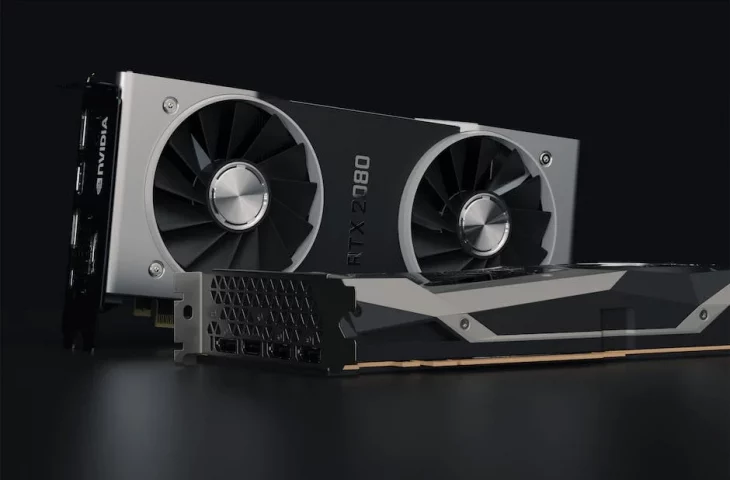
Introduction to Graphic Cards
Graphic cards, also known as video cards or GPUs (Graphics Processing Units), are essential components of modern computer systems. They are responsible for rendering images, videos, and animations, making them crucial for tasks such as gaming, design, video editing, and more. Over the years, graphic cards have evolved from simple 2D accelerators to powerful processors capable of handling complex 3D graphics and parallel processing tasks.
Initially, graphic cards were primarily used for displaying basic graphics on computer monitors. However, with the rise of multimedia and gaming, the demand for more advanced graphic processing capabilities grew. This led to the development of dedicated graphic cards with specialized architecture and processing power, revolutionizing the visual experience on computers.

Understanding GPU Architecture
The architecture of a GPU differs significantly from that of a CPU (Central Processing Unit). While CPUs are designed for sequential processing, GPUs excel in parallel processing, allowing them to handle multiple tasks simultaneously. This parallel architecture makes GPUs highly efficient for rendering complex graphics and performing intensive computational tasks.
Key components of a GPU include cores, memory, and cache. Cores are responsible for executing instructions and processing data in parallel, while memory stores the graphical data and instructions. Cache, on the other hand, helps in speeding up data access, enhancing the overall performance of the GPU.
Role of Graphic Cards in Gaming
Graphic cards play a pivotal role in gaming, influencing performance and visual quality. They determine the frame rates, resolution, and graphical effects that a game can support, directly impacting the gaming experience. High-performance graphic cards enable smoother gameplay, sharper visuals, and support for advanced graphical features such as ray tracing and realistic lighting effects.
Games like “Cyberpunk 2077,” “Assassin’s Creed Valhalla,” and “Call of Duty: Warzone” are examples of titles that benefit significantly from high-performance graphic cards, delivering immersive and visually stunning experiences to gamers.
Components of a Graphic Card
A graphic card comprises several essential components, including the GPU, memory, and power connectors. The GPU, often considered the heart of the graphic card, processes graphical data and executes rendering tasks. Memory, including VRAM (Video Random Access Memory), stores the graphical data temporarily, allowing for quick access during rendering. Power connectors supply the necessary electrical power to the graphic card for its operation.
Cooling solutions, such as fans, heat sinks, and thermal paste, are crucial for maintaining optimal operating temperatures and preventing overheating, ensuring the longevity and stability of the graphic card.
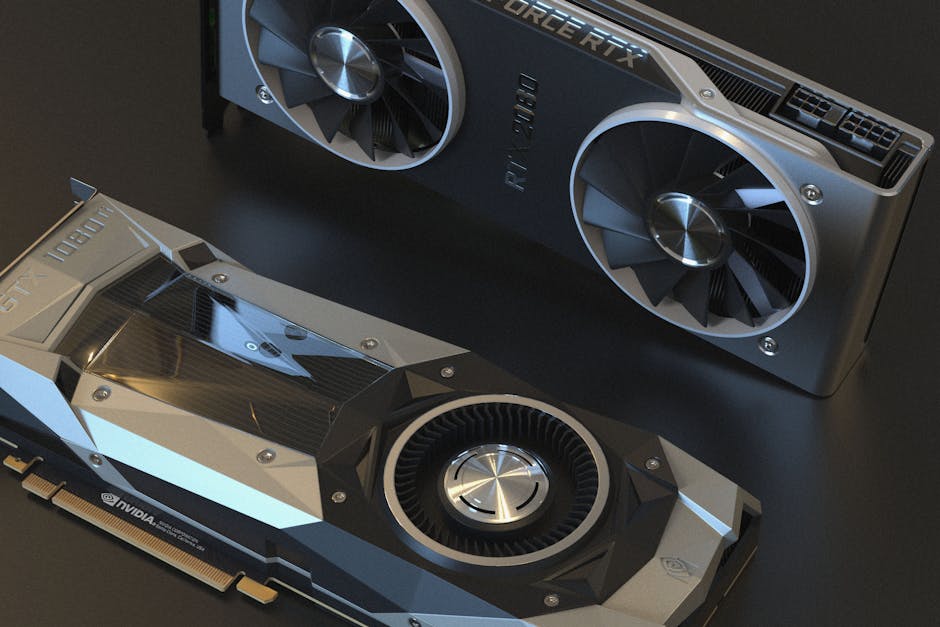
Graphics Processing Unit (GPU) Explained
The GPU is responsible for processing graphical data, including geometry, textures, and shaders, to generate images on the screen. Its parallel processing capabilities enable rapid and efficient rendering of complex scenes, making it indispensable for modern graphics-intensive applications and games.
Integrated GPUs are integrated into the CPU, providing basic graphical capabilities, while discrete GPUs are standalone cards designed for high-performance graphical processing, offering superior performance for demanding tasks.
Memory and Bandwidth in Graphic Cards
Memory in a graphic card plays a critical role in storing and accessing graphical data. The memory bandwidth, which refers to the speed at which data can be read from or written to the memory, directly impacts the graphic card’s ability to handle large amounts of graphical data efficiently. Different memory types, such as GDDR6, HBM, and DDR5, offer varying levels of performance and power efficiency, catering to different use cases.
High memory bandwidth is essential for handling high-resolution textures, complex shaders, and large graphical datasets, contributing to a smoother and more immersive visual experience.
How Graphic Cards Render Images
Graphic cards render images through a series of complex processes, including vertex processing, rasterization, and pixel shading. Vertex processing involves transforming 3D coordinates into 2D screen space, while rasterization converts geometric shapes into pixels for display. Pixel shading, on the other hand, determines the final color and appearance of each pixel on the screen, contributing to the overall visual quality.
Shaders and texture mapping techniques are instrumental in creating realistic graphics, simulating lighting, shadows, and surface details, enhancing the visual fidelity of games and applications.
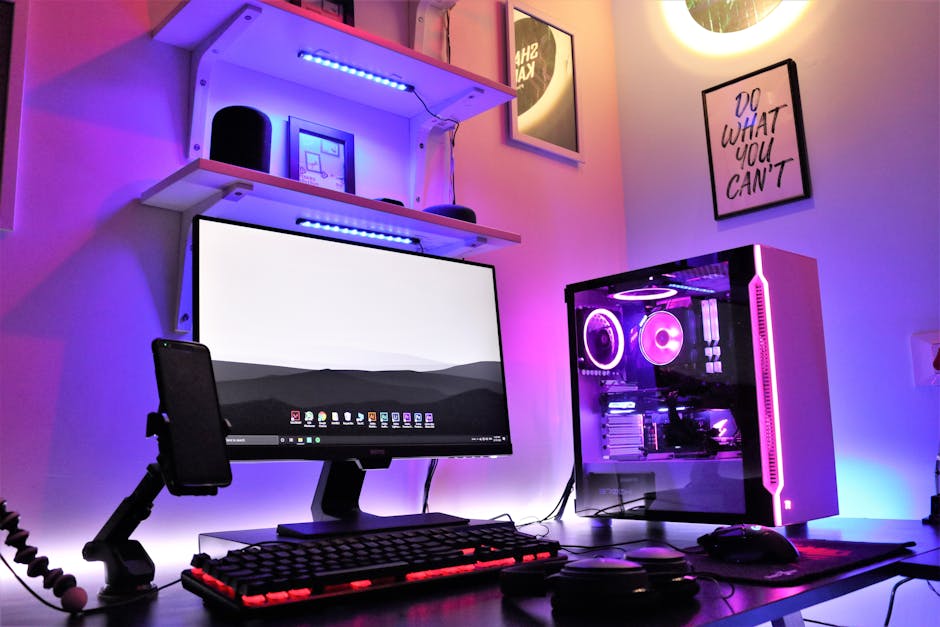
Importance of Drivers in Graphic Cards
Graphic card drivers are essential software components that enable the operating system to communicate with the hardware, ensuring proper functionality and performance optimization. Keeping graphic card drivers up to date is crucial for compatibility, stability, and security, as updated drivers often include bug fixes, performance enhancements, and support for new features.
Installing, updating, and troubleshooting graphic card drivers can be done through the manufacturer’s official website or dedicated software, ensuring that the graphic card operates at its full potential.
Overclocking and Cooling Solutions for Graphic Cards
Overclocking, the process of increasing a graphic card’s clock speed and memory frequency beyond the manufacturer’s specifications, can yield performance improvements but also carries the risk of instability and hardware damage if not done carefully. Effective cooling solutions, such as air cooling and liquid cooling, are crucial for maintaining optimal temperatures during overclocking, preventing thermal throttling and potential damage to the graphic card.
Monitoring temperatures and adhering to safe overclocking practices are essential for maximizing performance while ensuring the longevity and reliability of the graphic card.
Frequently Asked Questions About Overclocking and Cooling Solutions for Graphic Cards
What are the benefits of overclocking a graphic card, and how does it impact cooling requirements?
Overclocking a graphic card can lead to enhanced performance in demanding tasks such as gaming, video editing, and 3D rendering. However, this increased performance generates more heat, necessitating more robust cooling solutions. Effective cooling solutions, such as advanced air or liquid cooling systems, are crucial to maintain stable temperatures and prevent overheating when overclocking a graphic card.
What are the different cooling solutions available for graphic cards, and how do they work?
There are various cooling solutions for graphic cards, including air cooling, liquid cooling, and hybrid cooling systems. Air cooling utilizes fans and heat sinks to dissipate heat from the GPU, while liquid cooling uses a closed-loop system with a radiator and pump to transfer heat away from the card. Hybrid cooling combines elements of both air and liquid cooling. These solutions work by efficiently removing heat from the GPU to maintain optimal operating temperatures, ensuring stable performance during overclocking.
Comparing Different Graphic Card Models
When comparing graphic card models, factors such as GPU architecture, memory configurations, cooling solutions, and price play a significant role in determining overall performance and value. Different use cases, such as gaming, content creation, and professional applications, may require specific features and performance levels, influencing the choice of a graphic card.
Recommendations for selecting a graphic card should consider the user’s requirements, budget constraints, and the intended applications, ensuring an optimal balance of performance and affordability.
Future Trends in Graphic Card Technology
Emerging technologies in graphic card development, such as ray tracing, AI acceleration, and power efficiency improvements, are shaping the future of visual computing. Advancements in semiconductor technology, including smaller process nodes and innovative architectures, are driving the evolution of graphic cards, promising enhanced realism, performance, and energy efficiency.
According to Dr. Lisa Su, the CEO of Advanced Micro Devices (AMD), the future trends in graphic card technology are expected to focus on increasing parallel processing capabilities and optimizing power efficiency. Dr. Su emphasizes that as the demand for high-performance graphics continues to grow, graphic cards will need to leverage advanced architectures and innovative cooling solutions to meet these demands.
When it comes to how graphic cards work, Dr. Su highlights the importance of understanding the role of the GPU (Graphics Processing Unit) in parallel processing tasks. She explains that graphic cards utilize thousands of cores to handle complex calculations simultaneously, enabling them to render high-quality graphics and perform intensive computational tasks with speed and efficiency.
The future of graphic card technology holds the potential for groundbreaking advancements in visual fidelity, computational capabilities, and immersive experiences, further revolutionizing the digital landscape.
Troubleshooting Common Graphic Card Issues
Common graphic card issues, including artifacting, driver crashes, and overheating, can impact performance and user experience. Diagnosing and resolving these issues may involve updating drivers, adjusting settings, and ensuring proper cooling and ventilation for the graphic card.
Maintaining and optimizing graphic card performance through regular maintenance and monitoring can help prevent potential issues, ensuring a smooth and reliable computing experience.
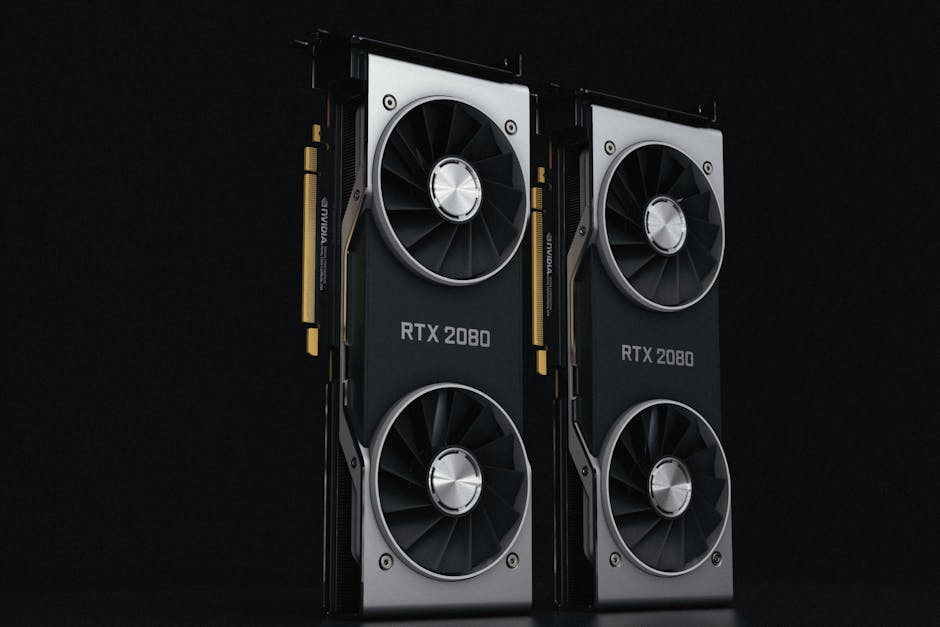
Conclusion: The Evolution of Graphic Cards
In conclusion, graphic cards have undergone a remarkable evolution, from their humble beginnings as basic 2D accelerators to the powerful and versatile processors of today. Their impact on computing, gaming, and visual technology is undeniable, driving the advancement of immersive experiences and computational capabilities.
As we look to the future, graphic cards are poised to continue shaping the digital landscape, with emerging technologies and trends promising unprecedented levels of realism, performance, and efficiency, ushering in a new era of visual computing.
